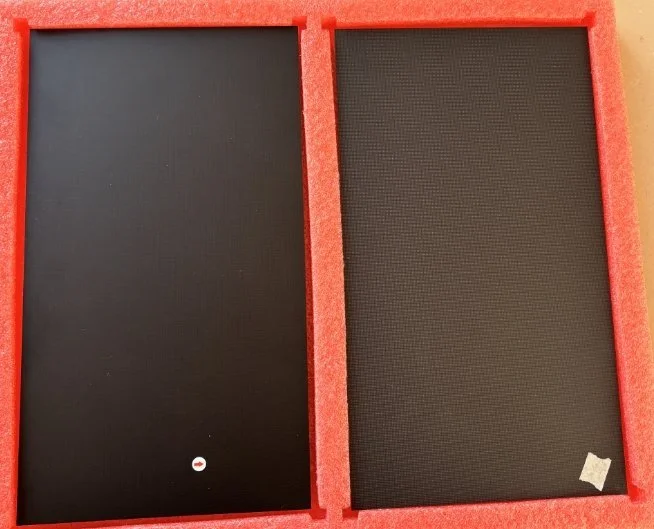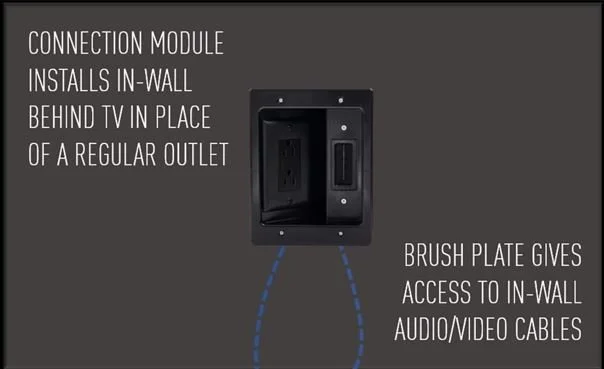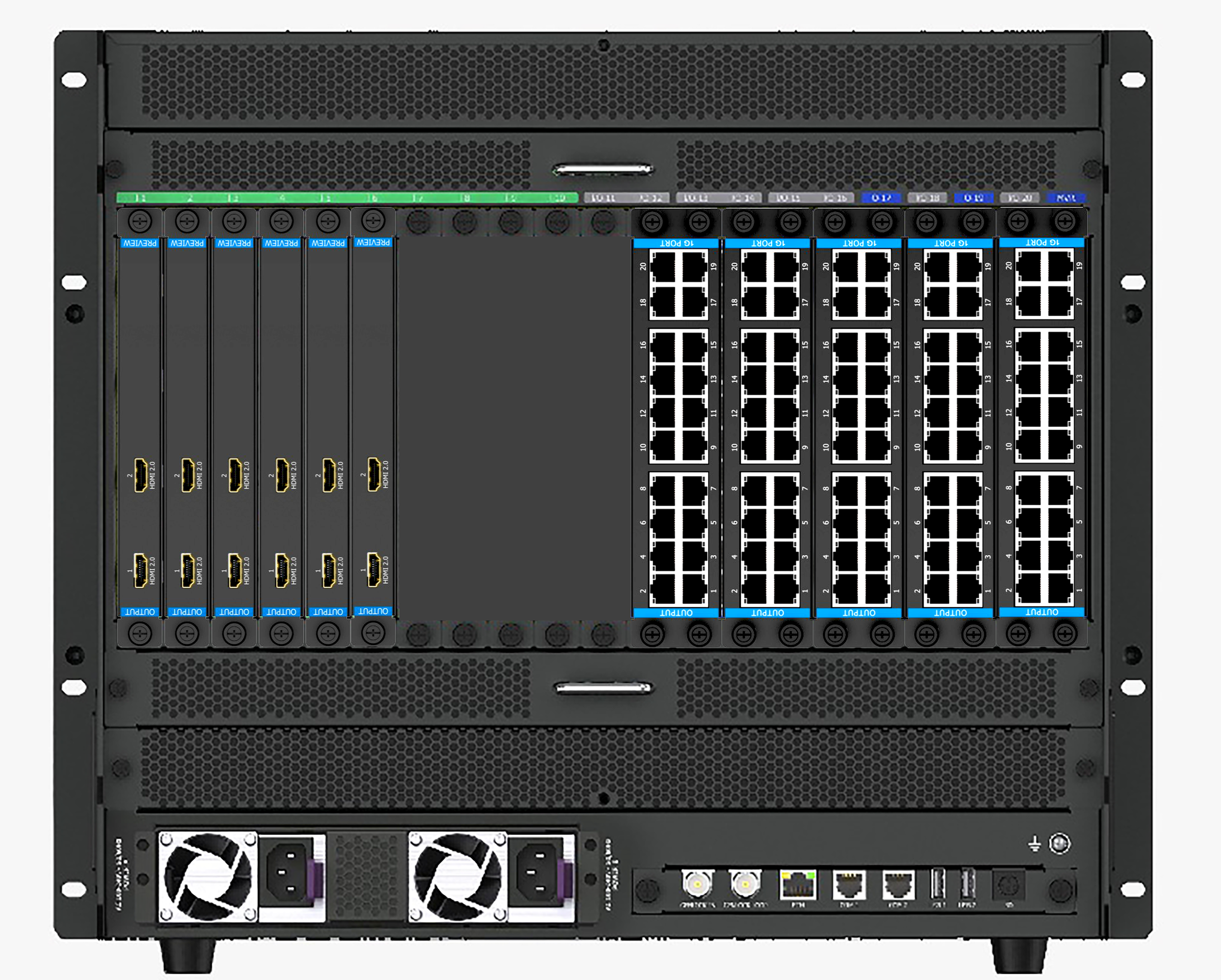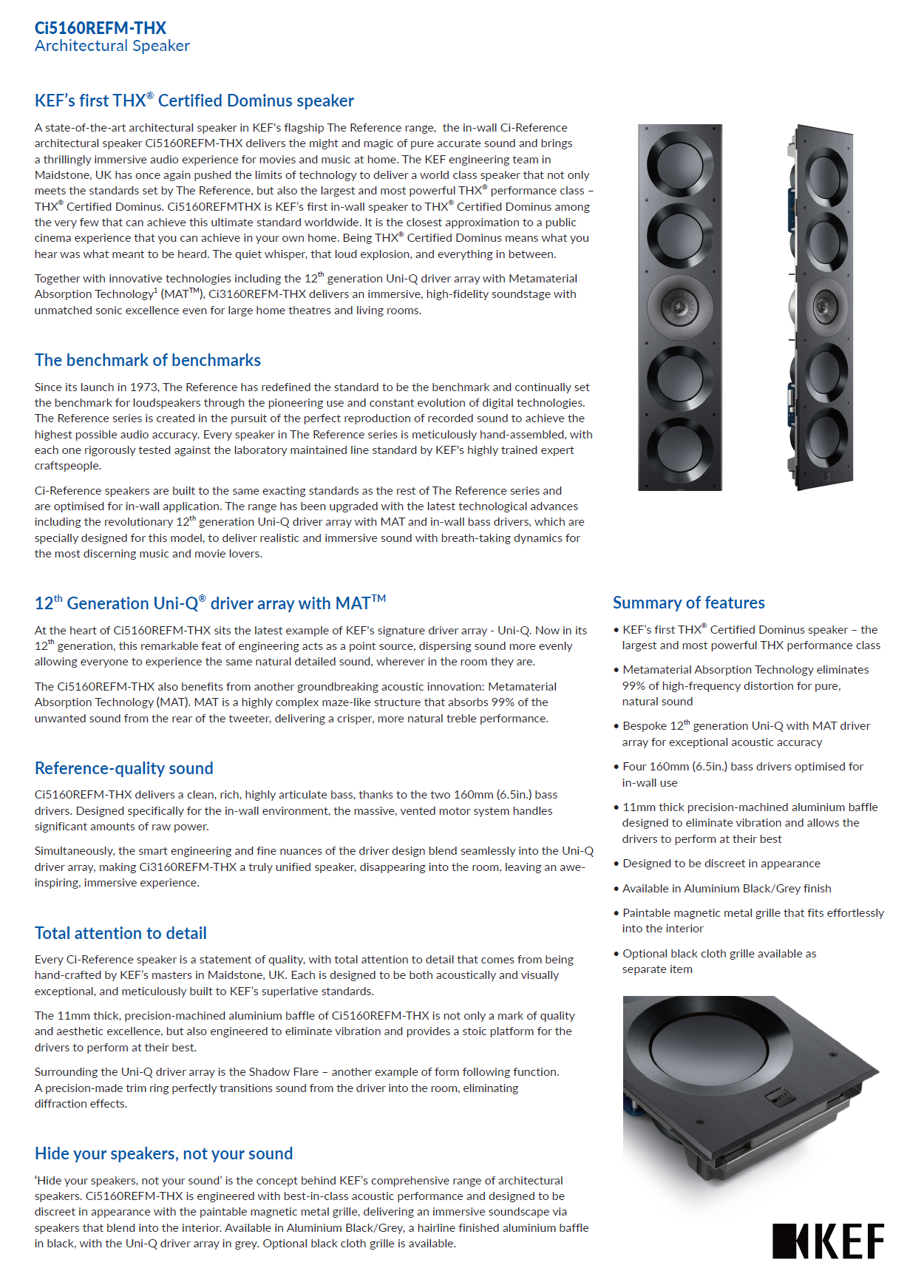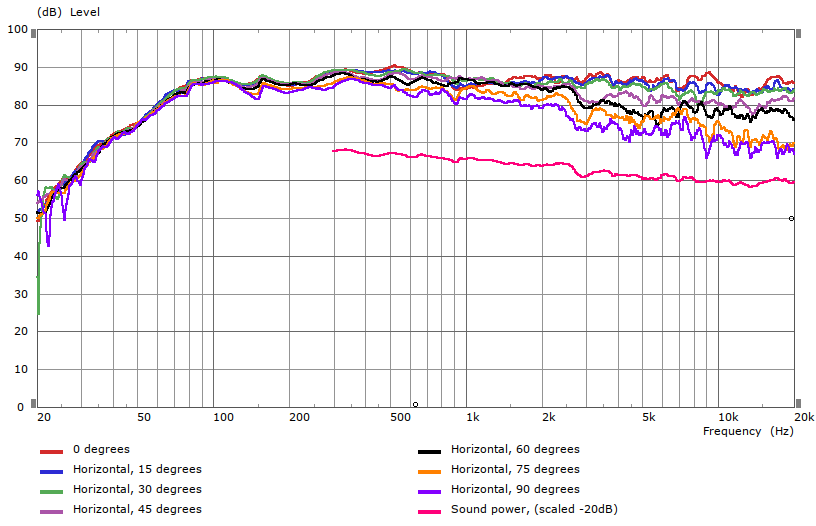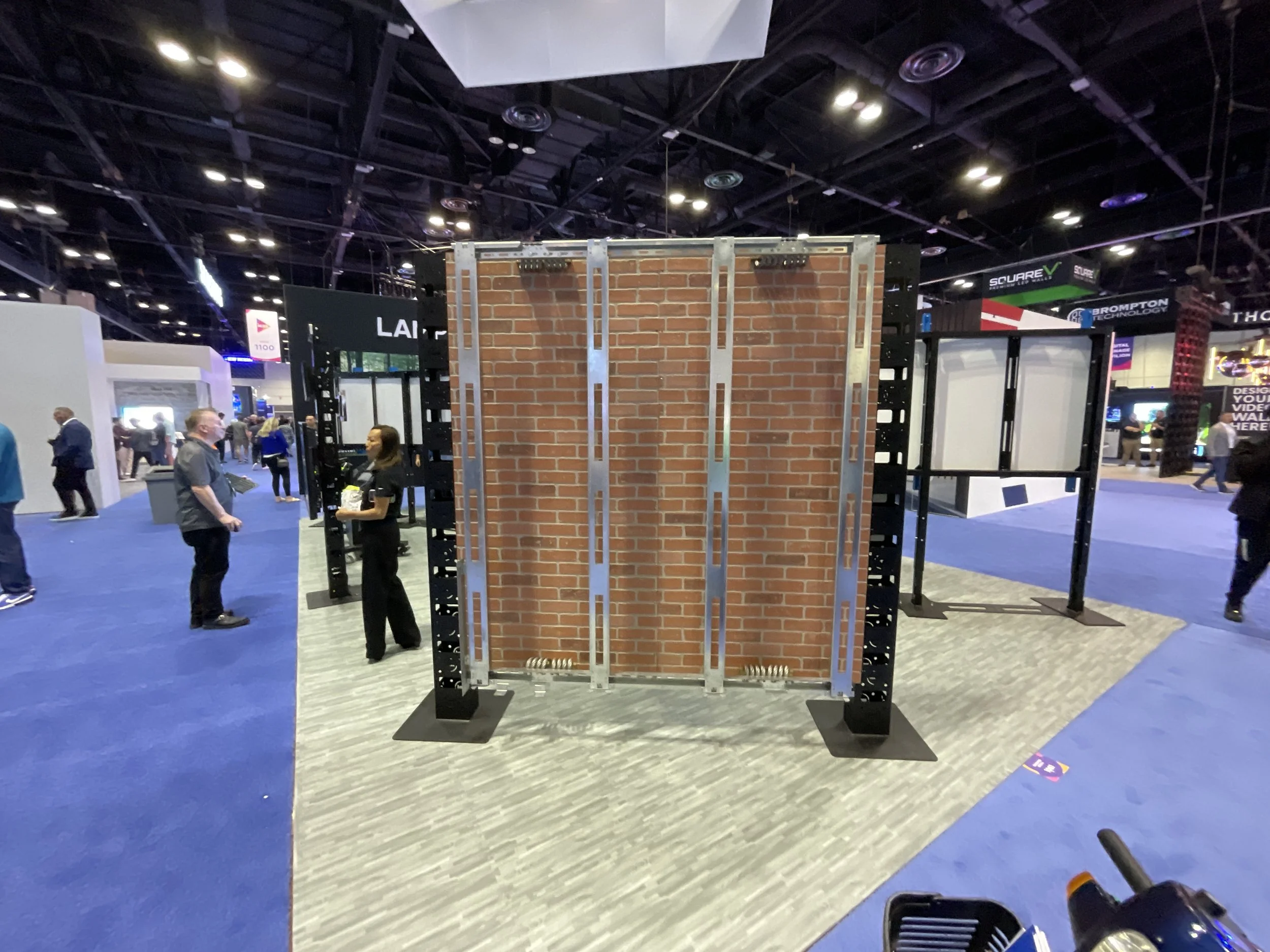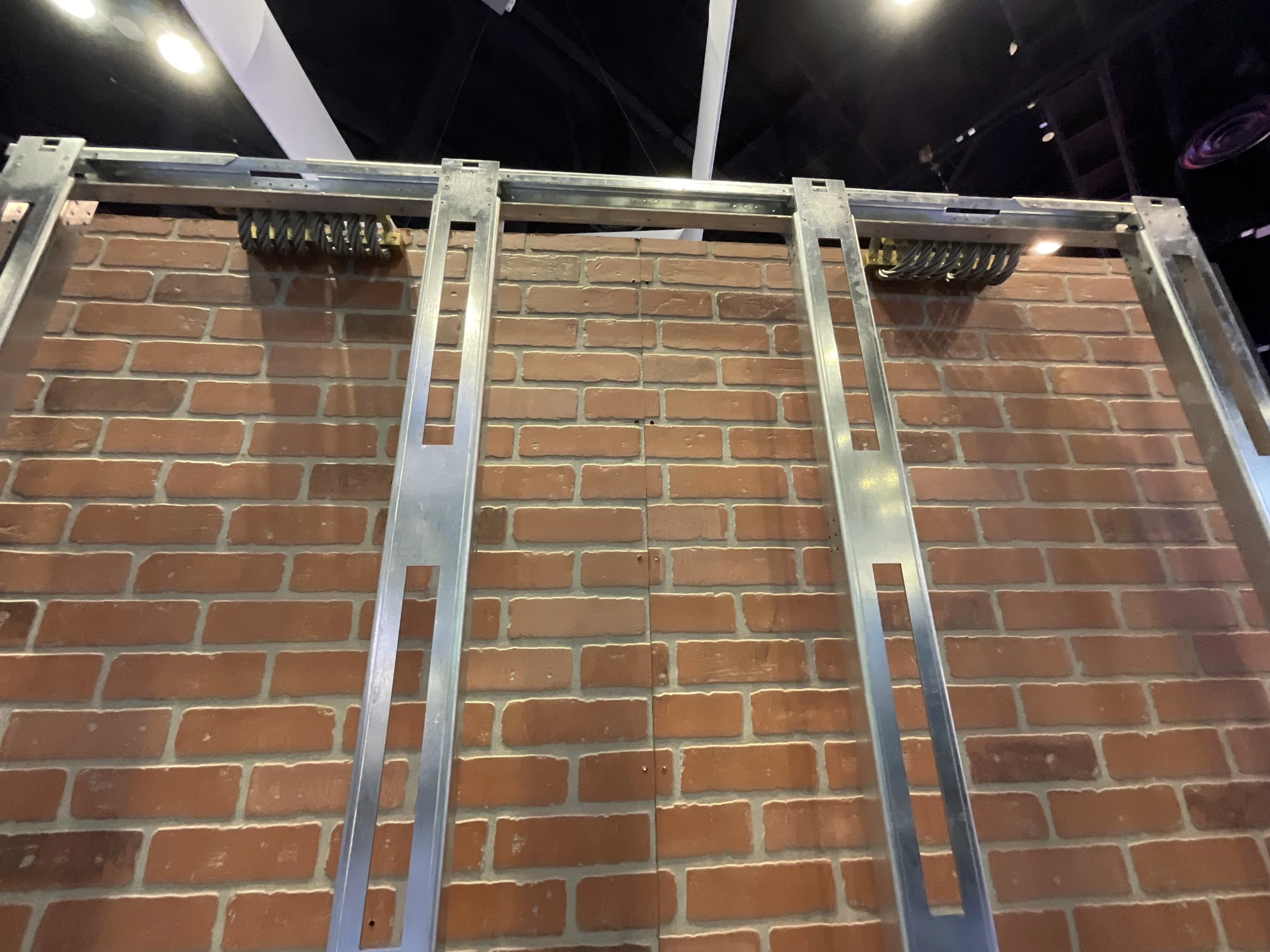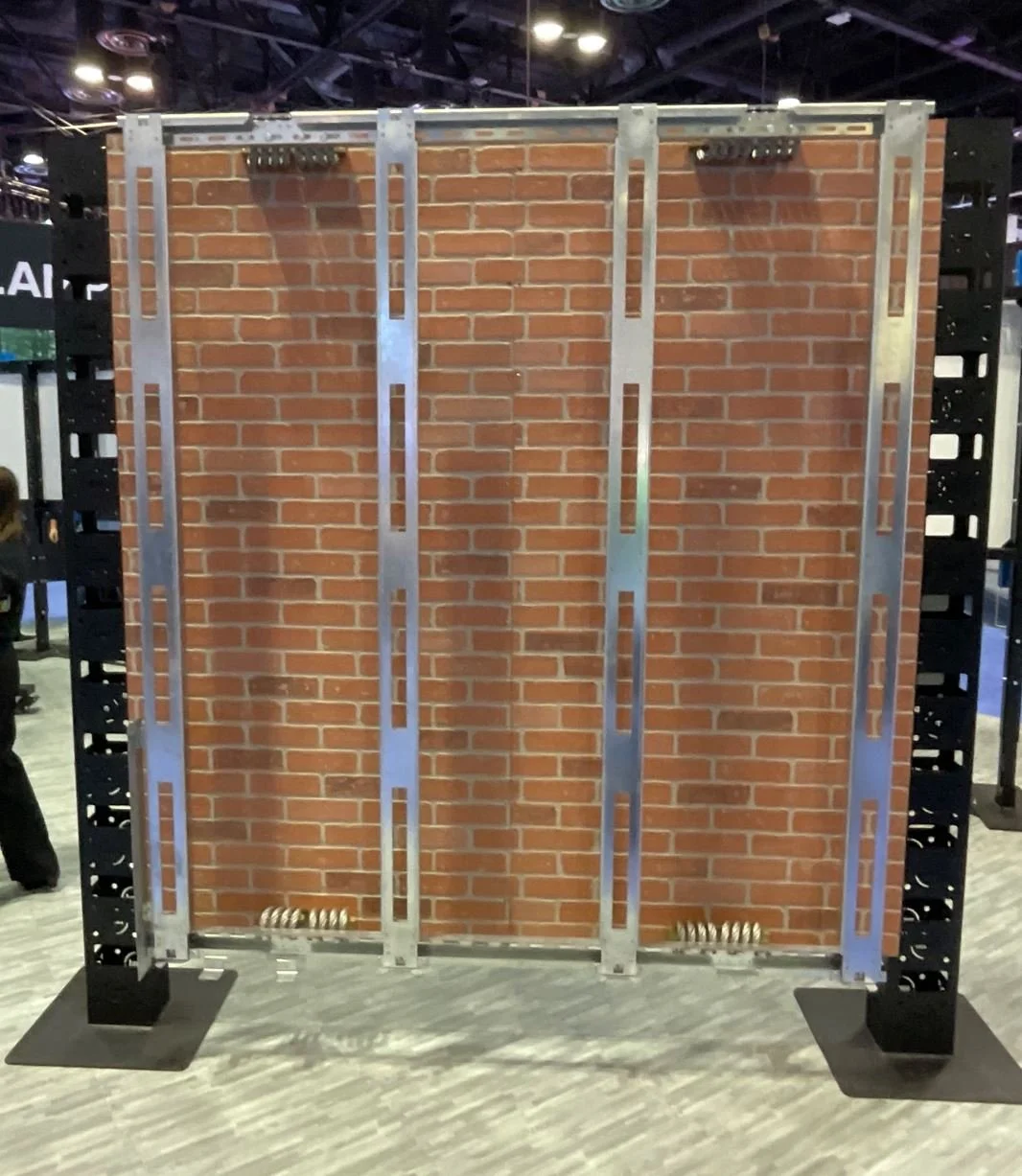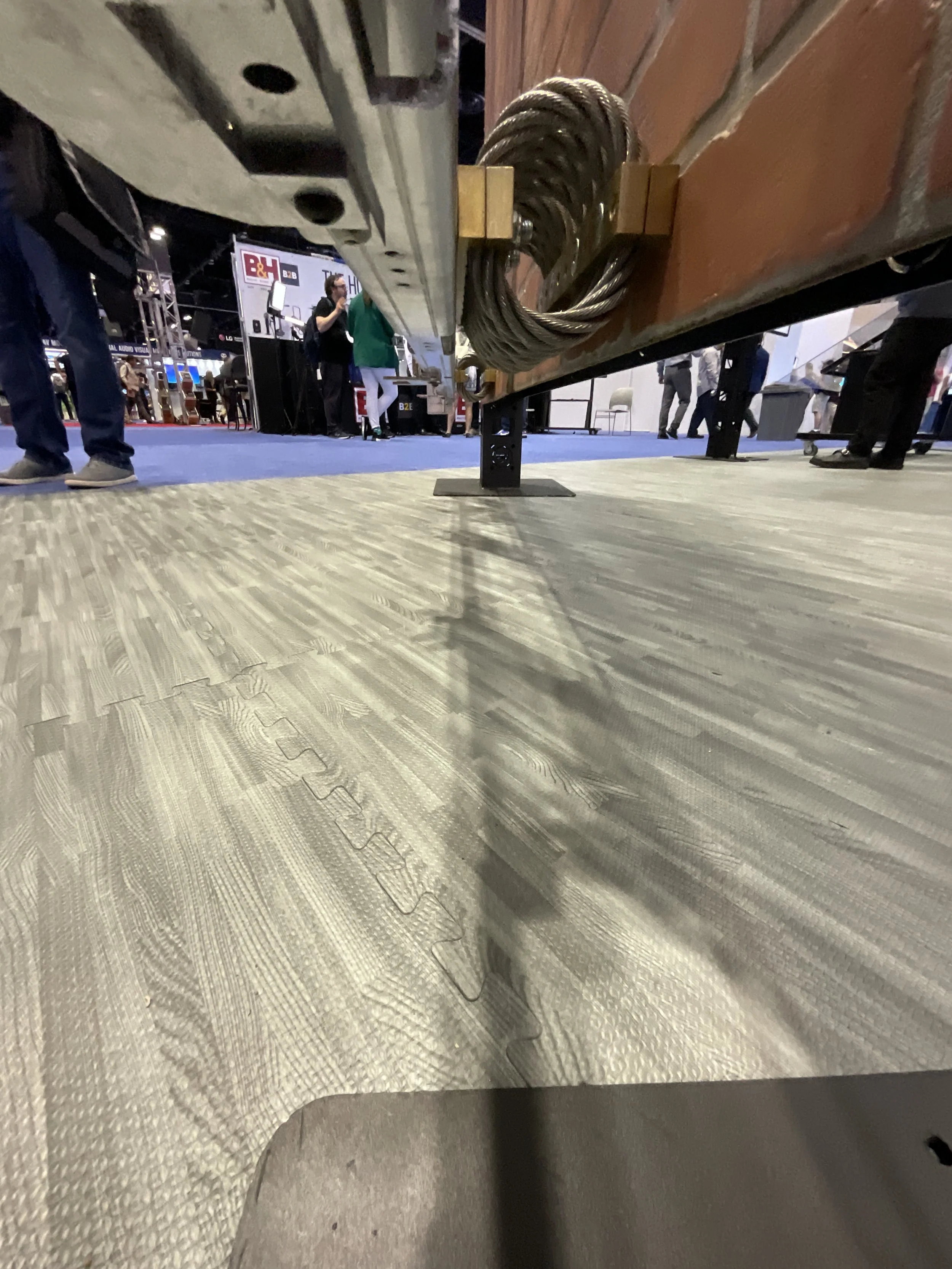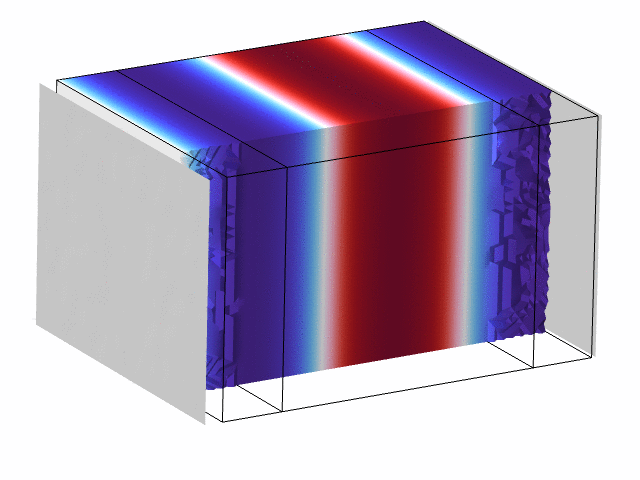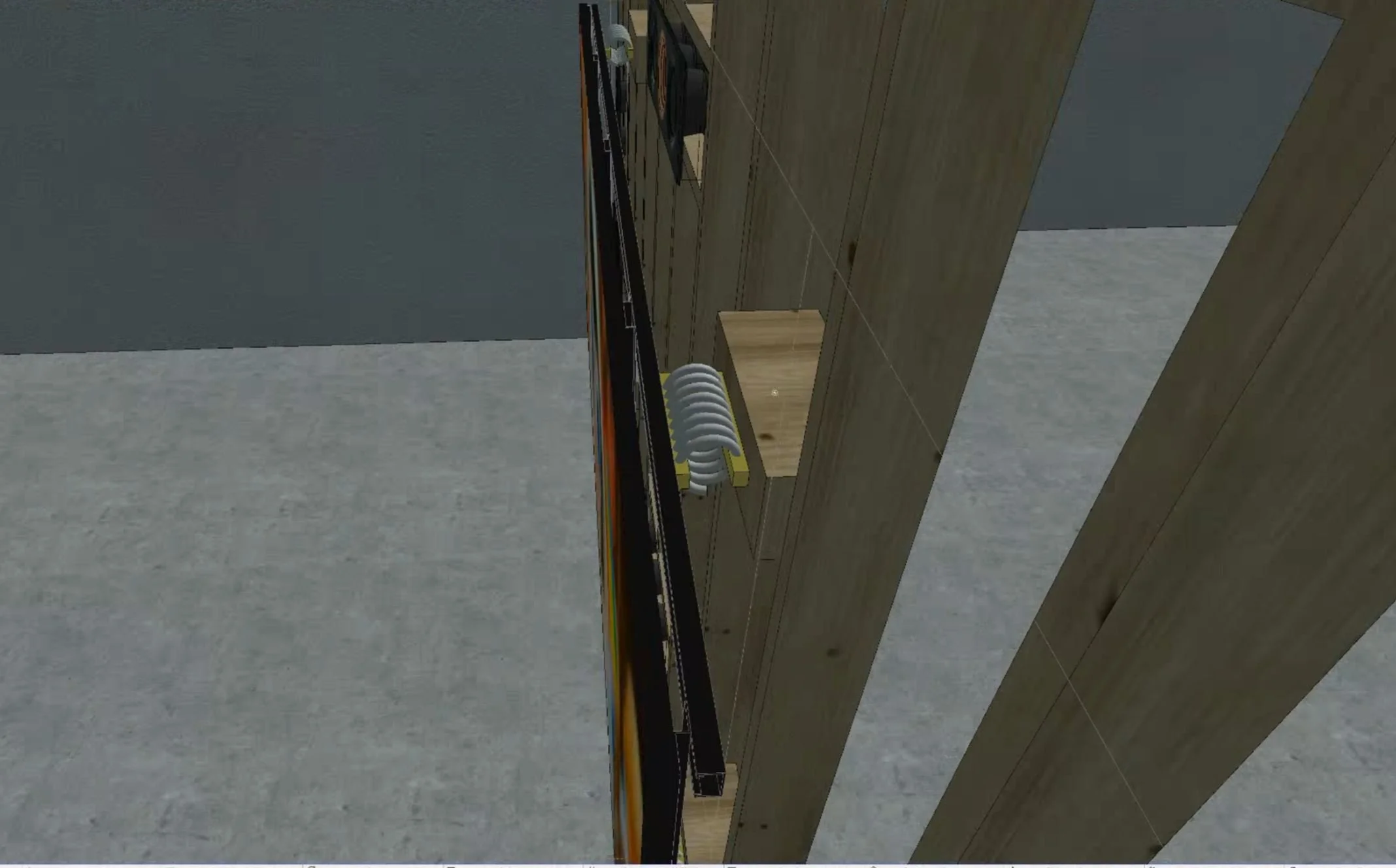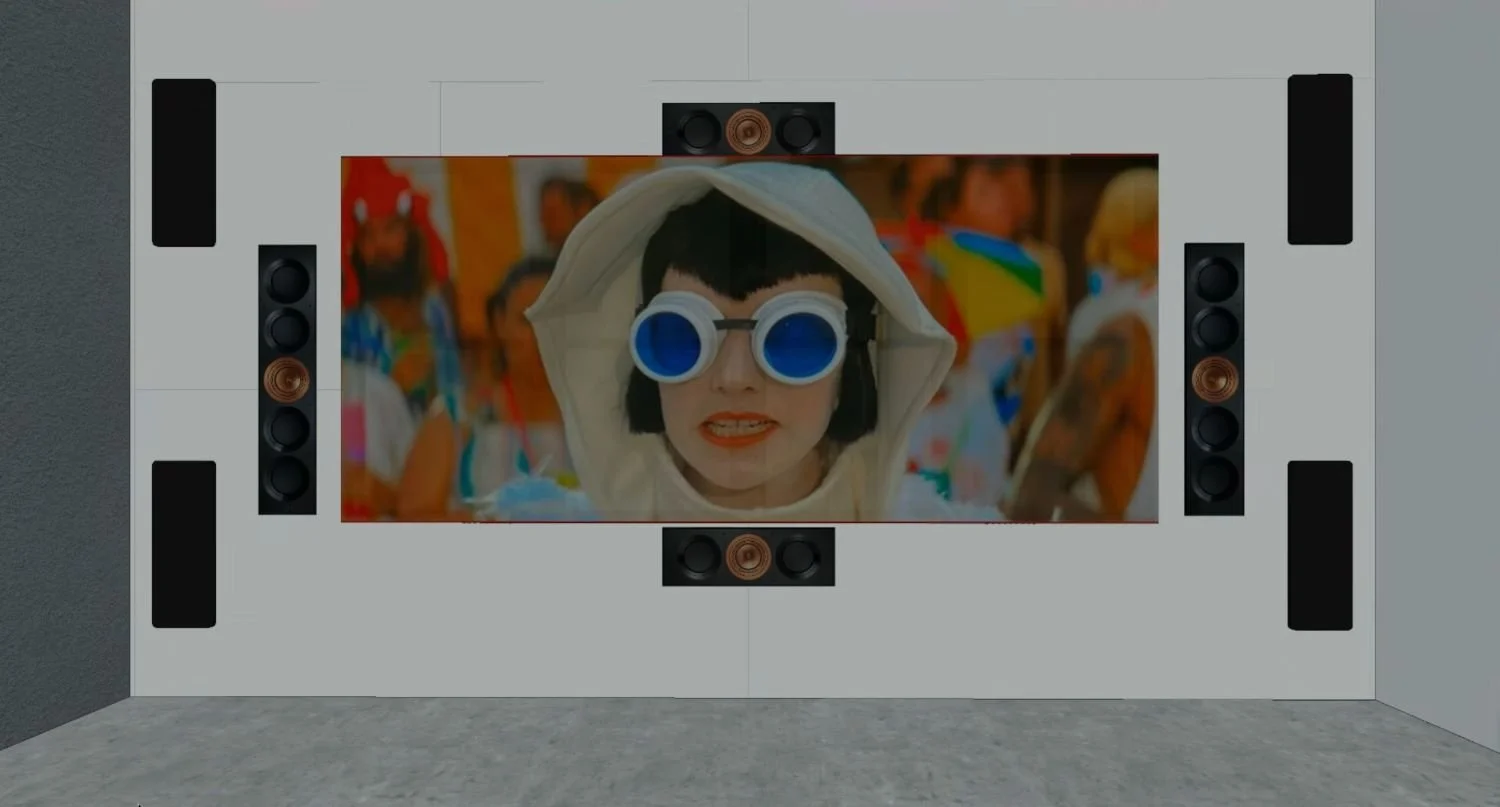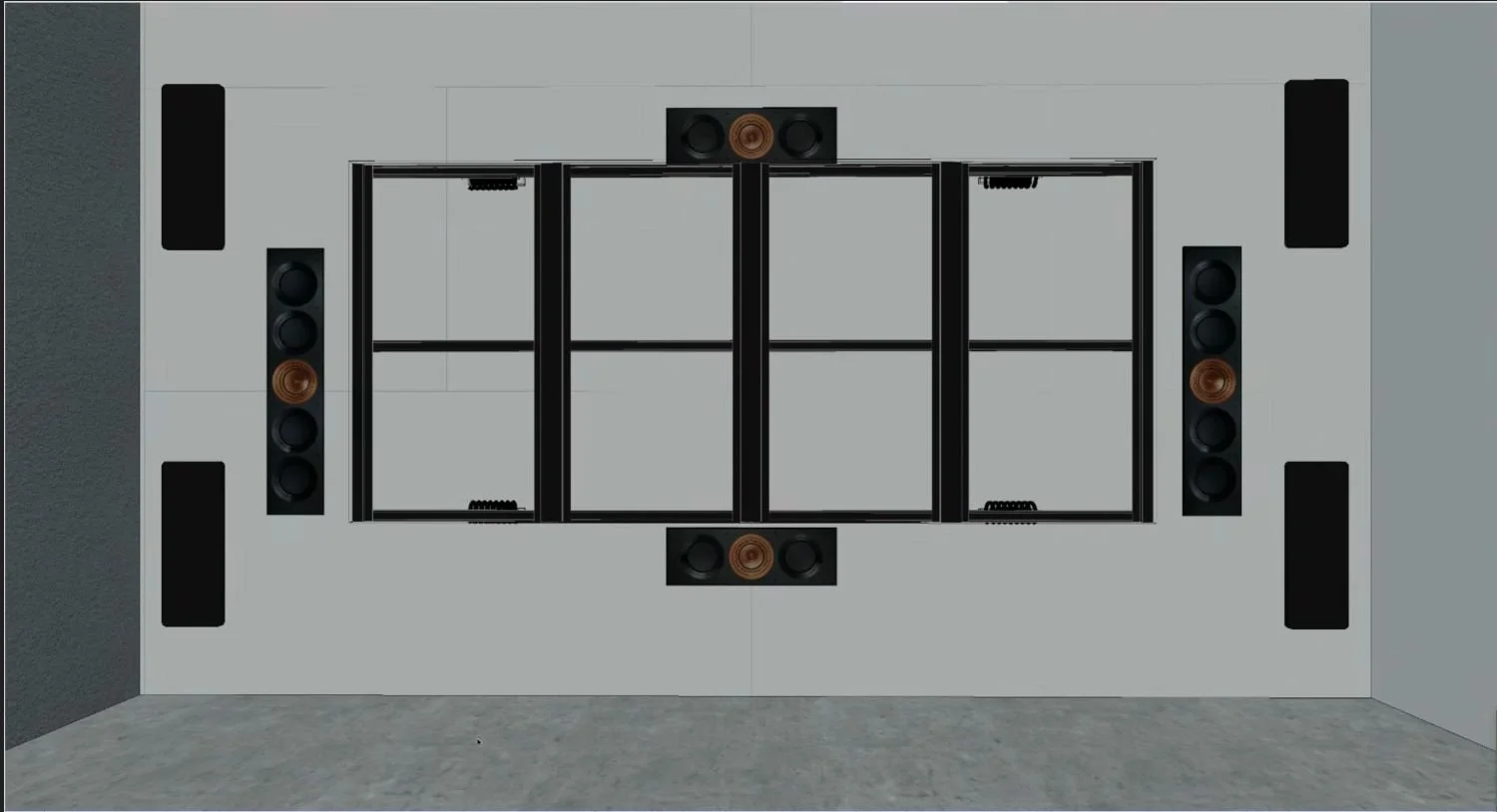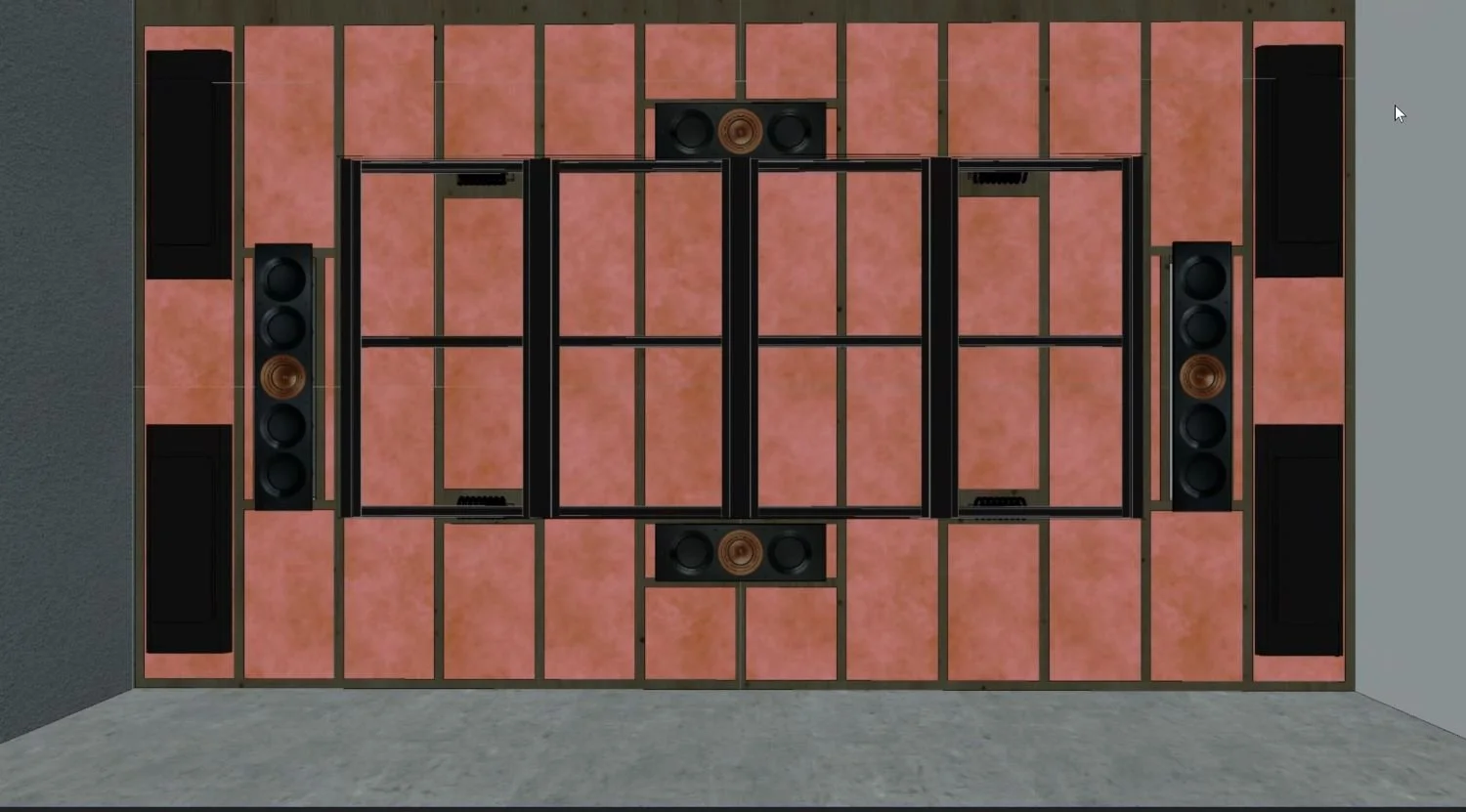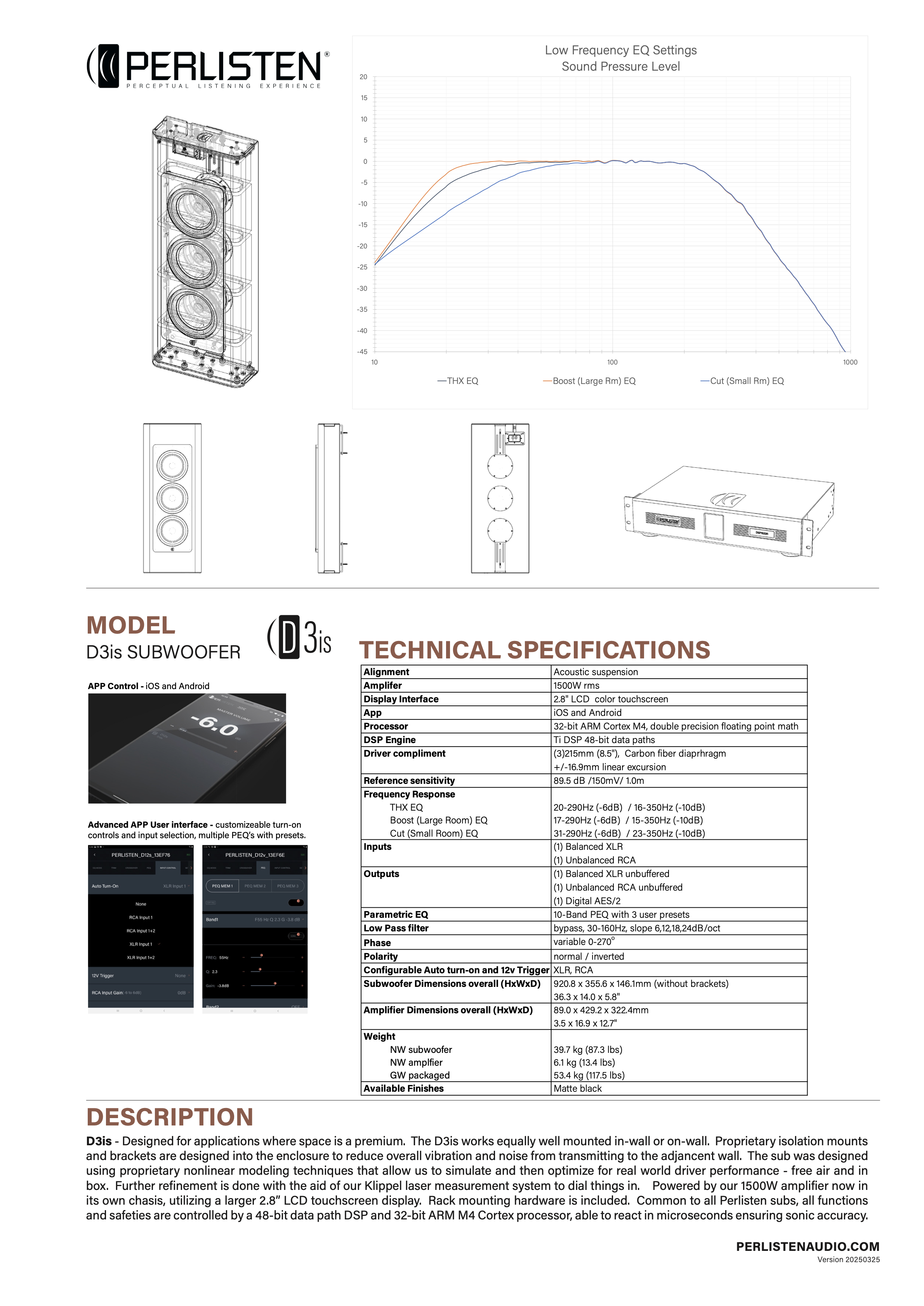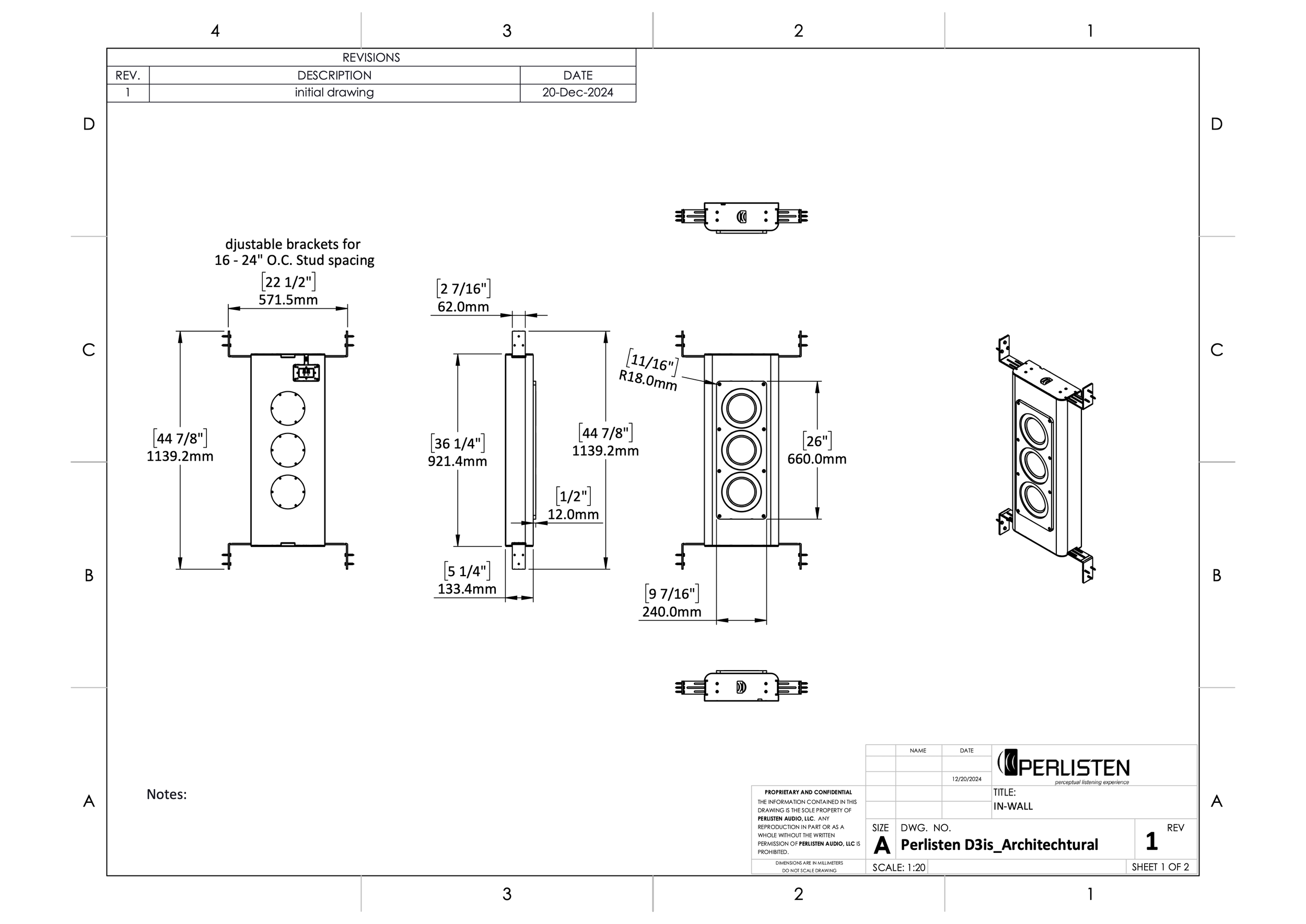UNDER CINERAMAX’S LATEST TECHNICAL ACHIEVEMENTS—THE RESULT OF 8 YEARS OF VIDEOWALL R&D UNDER THE HOLISTIC TUTELAGE OF THE INDUSTRY FOUNDER—COMES THE ONLY VIDEOWALL IN THE WORLD MANUFACTURED TO THESE SPECIFICATIONS. BUILT BY THE THIRD-LARGEST OEM OF LED DISPLAYS, SUPPLIER TO MULTIPLE AMERICAN BRANDS INCLUDING JUPITER AND A SOFTBANK-OWNED VIDEOWALL COMPANY.
This is not a generic multi-screen modes LED wall. It features seamless fascia transitions, and .78 SINGLE ENCAPSULATED MIP maximum MTF microLED architecture—that absence of a secondary plastic layer renders it fully reflection-less, unlike any other videowall on the market. Every unit is calibrated with the world’s most precise and expensive autocalibration camera system. That fixes all white and black lines, while creating color grading accurate 3D LUTS. See amusing video of it operating right below.
This $70,000 system autogenerates perfect 3D LUT tables, eliminates visible white seams, and—for the first time in videowall history—corrects for slightly separated tiles by removing both black and white lines at module junctions. What you see is not a stitched grid of displays, but a single 206" diagonal Cinemascope pane—flat, seamless, unified.
We’ve used the most expensive videowall brands—including Sony and SiliconCore, who later built Sony’s own—and all fall short of this amazing visual benchmark.
With a whopping 160% of 4K, it preserves as much of the full native resolution as physically possible across all 5 or 6 independent image planes (multi-window or PIP), enabling SPORTS and MOVIE playback simultaneously, videogaming—even possible 3D Movies with 3D Atmos—the ultimate synchronization of depth perception tracking audio—outperforming every projector with the lights on. And it is fully supported by an unbelievably accommodating team in Sacramento.
THE DARKER THE PANEL SUBSTRATE THE HIGHER THE CR.
NOW WITH DOUBLE THE CONTRAST OF THE ABOVE SPEC: ≥30,000:1
4 of these with 120 20 amp - 1 foot power connection
COLORLIGHT U9 MAX AS WE NEED 8 TO 12 HDMI IN AND 100 1G OUTPUTS
HDMI 2.1 IN CARD COMING BY SUMMER 2026
AS GOOD ATMOS SOUND AS AN RP-22 LEVEL 3 HOME CINEMA—WITH THE LIGHTS ON!
We have a 35-year runway on surround sound for videowalls, because from the very beginning, we always preferred solid rear-projection systems in environments with windows and marble. That legacy continues—refined, reengineered, and reborn in the Megamonitor™, optimized for ultra-high contrast, ambient-light-filled living spaces where projection has always failed.
Acoustic design includes the next-generation Monster KEF Uni-Q coaxial 1.5” high-SPL tweeter uni-Q coax videowall speaker (shown at KEF headquarters next October), its contains four 9” woofers for Left and Right channels. Center channel reproduction is handled by 2 of the 8 total CI5160REF-THX modules configured in Over/Under layout—This center channel layout was proven by the audition of an autistic acoustics genius who could detect 25-millisecond differences in RT decay just by walking into a room—no other human has achieved that without clapping. It went on to outperform some of the most famous home theaters and showrooms in the world with dedicated behind the screen center channels. In TITAN for additional isolation the springs can be anchored to a structured outside the isolation envelope, perforating the enclosure with traditional sealing methods. An Option.
DUAL CENTER VALIDATED BY A SINGULARLY ACOUSTICALLY GIFTED MIND ON THE SPECTRUM - NO OFFENCE TO THE PROFESSIONAL REFERENCED BY THIS GENIUS INTENDED.
Surround, Surround-2, and Rear channels also use in-wall KEF CI5160REF-THX modules, for total uniformity in timbre and transient response. The ceiling array features six KEF CI2500RRM-THX extreme-performance coaxial units—see whitepaper.
All speakers are flush-mounted in-wall designs. They do not require angling, as their waveguide geometry and dispersion patterns are engineered for flat integration without lobing or off-axis coloration.
SHOCK TREATMENT
We utilize proprietary spring-loaded coil isolation mounts—manufactured in Charlotte, NC—for the videowall structure. These mounts provide full-range mechanical isolation down to ultra-low frequencies (ULF), preventing any acoustic vibration from impacting videowall pixel integrity. This system not only preserves maximum image sharpness during heavy bass content, it also prevents tile separation and mechanical stress from dynamic playback.
Additionally, we engineer a planar bass wavefront that forms exactly 1 meter in front of the videowall. This ensures that low-frequency energy is distributed orthogonally to the wall surface, eliminating resonance transmission into the ultrahigh-resolution screen. All PIP displays retain the pixel-level sharpness and positional stability expected of top-tier studio monitors.
SCREEN REMAINS UNPERTURBED BY THE MOST EXTREME SHOCKS
And the pièce de résistance: anti-screen shake. Inspired by the Iowa-class command room videowall antivibration during naval broadsides, this implementation prevents structural transfer entirely. The planar wavefront formed 1 meter forward further alleviates violent shakes , the result is the most unperturbed Level 4 RP-22 bass videowall installation to date!
No matter where you stand in the room, the bass will be consistently even.
DETAIL FROM ANOTHER PROJECT
🎯 DBA + WAVEFORMING IN A 24′ × 10′ × 40′ ROOM WITH VIDEOWALL INTEGRITY PRESERVATION
✅ CONFIGURATION: 8 × Perlisten D3i In-Wall Subs (Corner-Loaded)
Front Array: 4 subs flush-mounted at floor and ceiling corners of the front wall
Rear Array: 4 subs mirrored in the rear wall corners, matched in height and spacing
This is a corner-loaded Double Bass Array (DBA) designed for Trinnov Waveforming, with precise symmetry and time-domain calibration.
🧠 Why This Works
🔹 Planar Wave Launch:
The front quad array generates a coherent, high-SPL planar wave that propagates cleanly through the 40-foot depth of the room.
🔹 Rear Sub Cancellation:
The rear array receives a 35.5 ms delayed, phase-inverted signal, which cancels reflections and collapses standing waves.
🔹 Correct Room Volume:
At 24 ft wide × 10 ft high × 40 ft deep, the room allows for accurate front-rear mirror symmetry and full energy settling.
🔹 Wavefront Offset for Videowall Relief:
The planar wave reaches its pressure peak ~1 meter forward of the subwoofers, reducing direct coupling into the videowall’s LED seams and modules.
🛡️ 4 Methods to Protect Videowall Tiling from Subwoofer-Induced Failure
(Three of four are implemented here)
✅ Spring Coil Isolation Mounts
Absorb ~75% of the mechanical load
Prevent structure-borne vibration from reaching the videowall
✅ Planar Wavefront Offset
By offsetting the pressure peak 1 meter forward, it contributes ~25% of vibration reduction
Helps preserve seam calibration under high SPL
✅ Double Bass Array (DBA) with Rear Cancellation
Prevents modal buildup at the back wall
Ensures forward energy directionality
❌ Force-Cancelling Subwoofers
Not implemented here due to partition thickness constraints
These subs require 10-inch-deep walls, but the design mandates 6-inch partitions
📏 Waveforming Delay Calculation
• Room depth = 40 ft = 12.19 m
• Speed of sound ≈ 343 m/s
• Rear sub delay = 12.19 ÷ 343 ≈ 35.5 ms
• Polarity = inverted on rear subs
• Minimum listener distance = 13.3 ft from front wall (1/3 depth rule)
⚙️ Design Trade-Off
Concern of accommodating the percussion area behind the seating row will require practical siting of the instruments, After 15” room depth reduction. A wall assembly consisting of 5/8" sheetrock, 2x6 FIR studs, and 1 3/8" QuietRock fascia will have a total thickness of 7.5 inches. quiet rock is strongly recommended to propel the waveform forward as sheetrock is lossy below 80hz and plywood has unpredictable mid band resonances..
This allowed seating to remain at 13.4 feet from the front subs, following the 1/3 rule which is within the planar convergence zone—ensuring flat pressure and listener consistency.
📌 System Summary
• Room: 24′ W × 10′ H × 40′ D
• Subwoofer layout: 8 × Perlisten D3i (4 front, 4 rear)
• Rear settings: 35.5 ms delay + polarity inversion
• Listener position: 13.4 ft from front array
• Videowall protection: 3 of 4 mitigation strategies active
✅ Conclusion
With a mirror-perfect DBA, wavefront offset, and spring-isolated videowall mounting, this installation hits reference-level bass performance while actively preserving LED tile stability. Only force-cancelling subs were excluded—for practical architectural reasons—yet the system still meets elite immersive audio and display durability standards.
RISER HEADREST SEATS RECOMMENDED IN DUAL CENTER CH’S.




